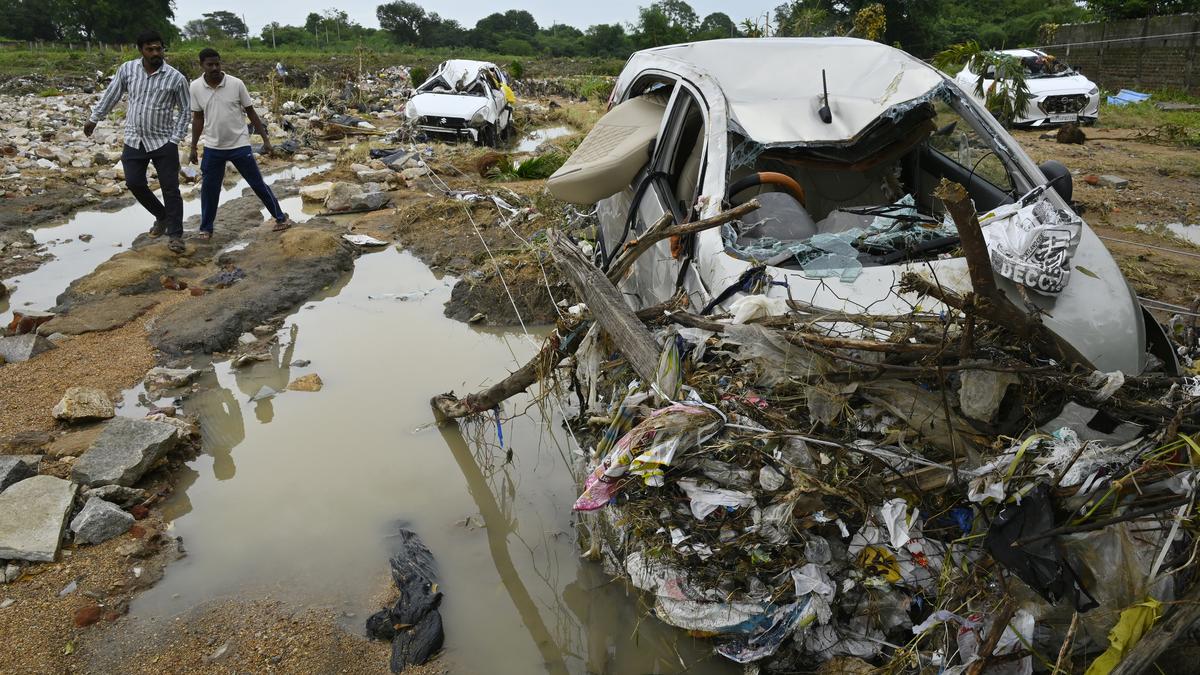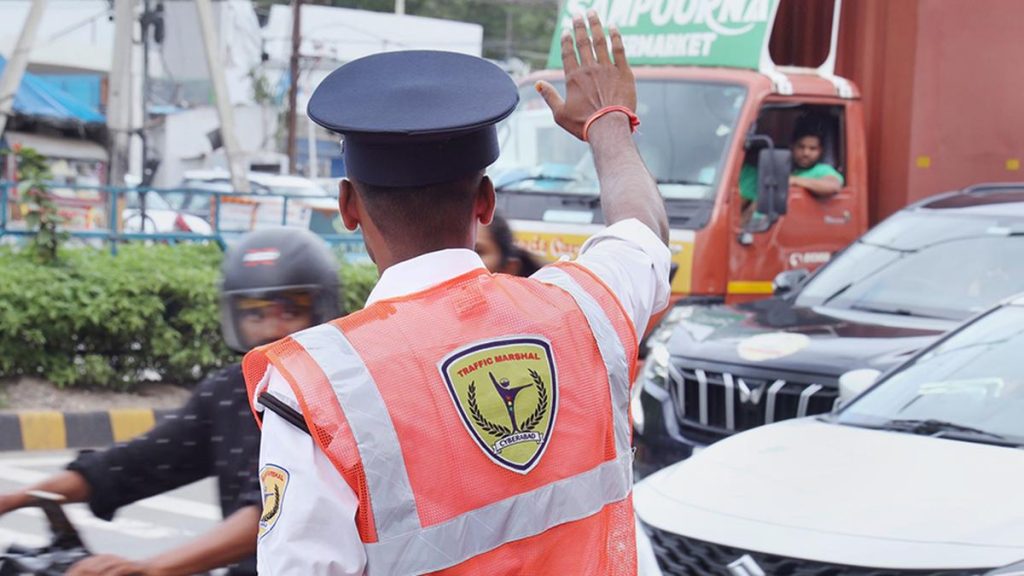Now Reading: Kamareddy Floods: Lives and Livelihoods Devastated by Unprecedented Deluge
-
01
Kamareddy Floods: Lives and Livelihoods Devastated by Unprecedented Deluge
Kamareddy Floods: Lives and Livelihoods Devastated by Unprecedented Deluge

Fast Summary
- Event: Kamareddy district in Telangana experienced catastrophic floods between August 27 and August 29 due too extreme rainfall.
- Flood Impact: Three major colonies (GR Colony, Teachers Colony, Housing Board Colony) and several villages were inundated after Kamareddy Pedda Cheruvu overflowed. Nearly every ground floor in affected areas was submerged within minutes.
- Rescue operations: Emergency teams, including NDRF and SDRF units, rescued over 837 people from floodwaters during 17 rescue missions across the district. Despite efforts, four deaths were reported.
- rainfall Data: Rajampet mandal received a record-breaking 440 mm rainfall within two days – marking one of Telangana’s top extreme rainfall events since 1900.Kamareddy recorded 40% of it’s annual average rainfall in just three days.
- Damage Overview: Over ₹250 crore damages assessed, covering roads, irrigation tanks, schools/hospitals infrastructure failures; severe losses recorded in agriculture (50,000 acres) and animal husbandry (108 cattle dead).
- Cause Factors: Residents attribute the flooding partially to unchecked encroachments along streams that reduced water-carrying capacity; officials acknowledged structural inadequacies like culverts exceeding their designed flow limits during the deluge.
- Restoration Efforts: Officials prioritized restoring connectivity while clearing stormwater drain encroachments for long-term flood mitigation strategies.
- Government response: Telangana CM A. Revanth Reddy toured affected areas on September 4 for damage assessment and relief planning.
Indian Opinion Analysis
The floods in Kamareddy highlight the escalating consequences of climate extremes coupled with urban planning challenges such as encroachments on natural drainage pathways.While emergency response teams acted promptly-saving lives-the need for proactive disaster preparedness remains glaringly apparent given reports of inadequate early warnings despite IMD’s red alert issuance.
This event calls attention to broader implications: investments will likely be required not only to rebuild damaged infrastructure but also improve resilience against future calamities caused by unpredictable weather patterns tied to climate change. Local governance should prioritize stream restoration projects alongside sustainable urban development policies to prevent recurrence while balancing economic costs with long-term community safety.
Such concentrated rainfall events-classified as clustered extremes-underscore India’s vulnerabilities amidst warming trends impacting monsoon systems nationwide-a situation demanding coordinated policy-making between states and Union framework entities like NDMA or CWC towards harmonized disaster risk reduction implementation strategies across vulnerable zones.
Read more: Link

























